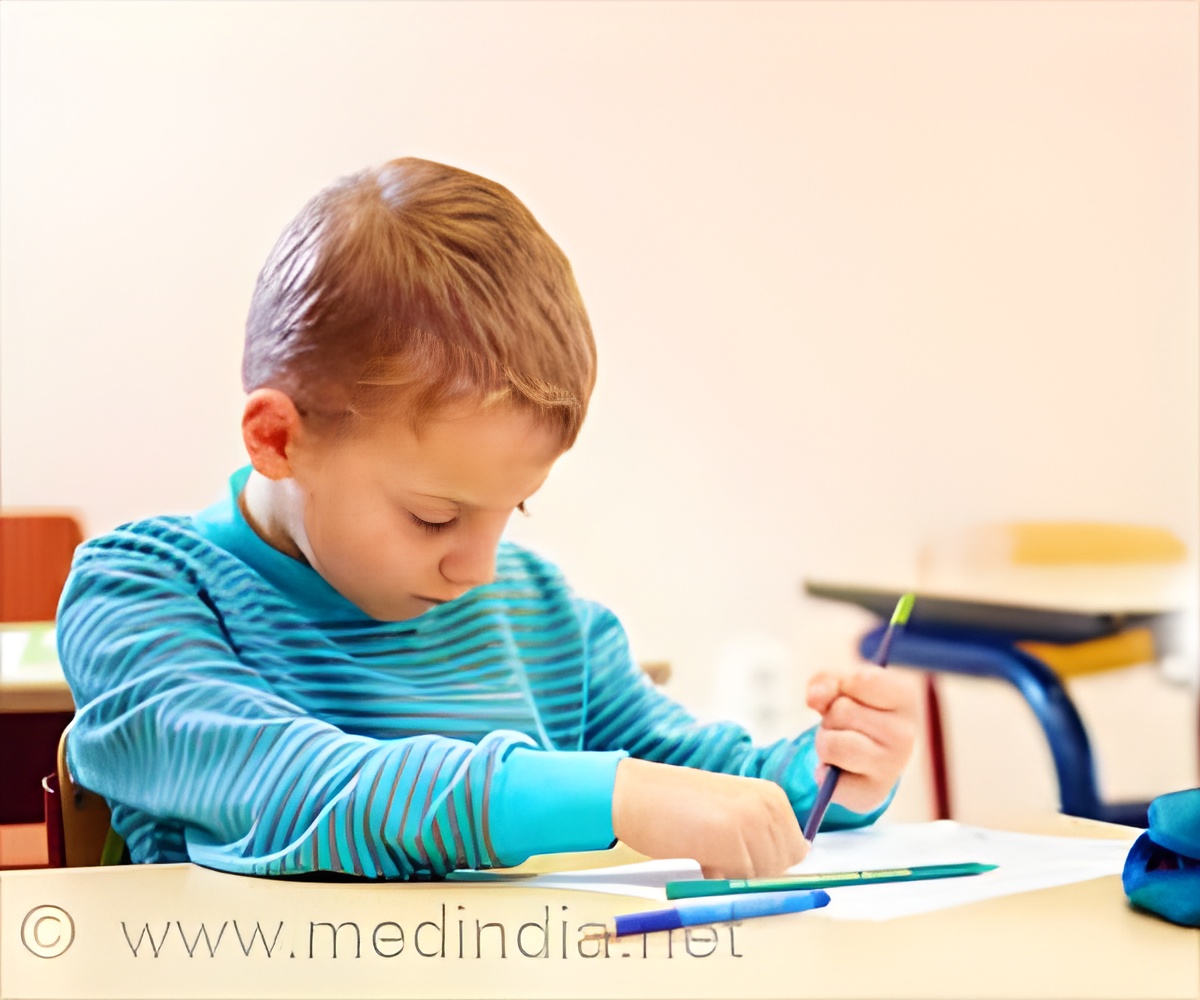How do sensory-based assessments help autistic children? Adding sensory integration can assist individuals in processing and understanding their surroundings better.

‘Fine-tuned sensory assessment to guide therapy in autistic children may help them gain abilities they had struggled with before.’





Current criteria and diagnostic tests for autism often consider ‘reactivity,’ or feeling overstimulated or overwhelmed by loud or bustling environments but sensory features are now part of the criteria.What is a Sensory Integration Assessment?
Sensory integration means using all their senses together – that is, touch, smell, taste, sight, and hearing. This type of action can improve challenging behavior or repetitive behavior. These behaviors can be related to difficulties with processing sensory information.A Sensory assessment would consist of assessing how your child copes with the ever-growing load of sensory information that enters their senses daily. Through analysis of the behaviors, the child demonstrates under stress the therapist can help deduce why they may be misbehaving.
Adding Sense to Autism Assessments for a More Individualized Approach
Based on these facts, researchers examined a group of 93 children between the ages of 5-9 years with a confirmed autism diagnosis. They assessed this group of children using standardized assessments for sensory integration developed by Dr. A. Jean Ayres.Rather than relying only on caregiver reports, trained occupational therapists tested a child’s capacity to perceive and process various aspects of sensory experiences, including sight, sound, touch, position, balance, and the ability to integrate these perceptions into motor tasks.
This revealed that the participants had deficits in multiple and varied categories of sensory integration that often are not recognized. Some had difficulties with the perception of touch or balance and others, had various aspects of motor planning or motor skills. Some had challenges in multiple areas.
They also showed that these assessment findings had little overlap with current autism diagnostic tests. This suggests to us that the Ayres Sensory Integration assessments are providing new information. They offer therapists unexplored areas to consider for improving a child’s ability to function and achieve their goals.
Advertisement
Source-Medindia












